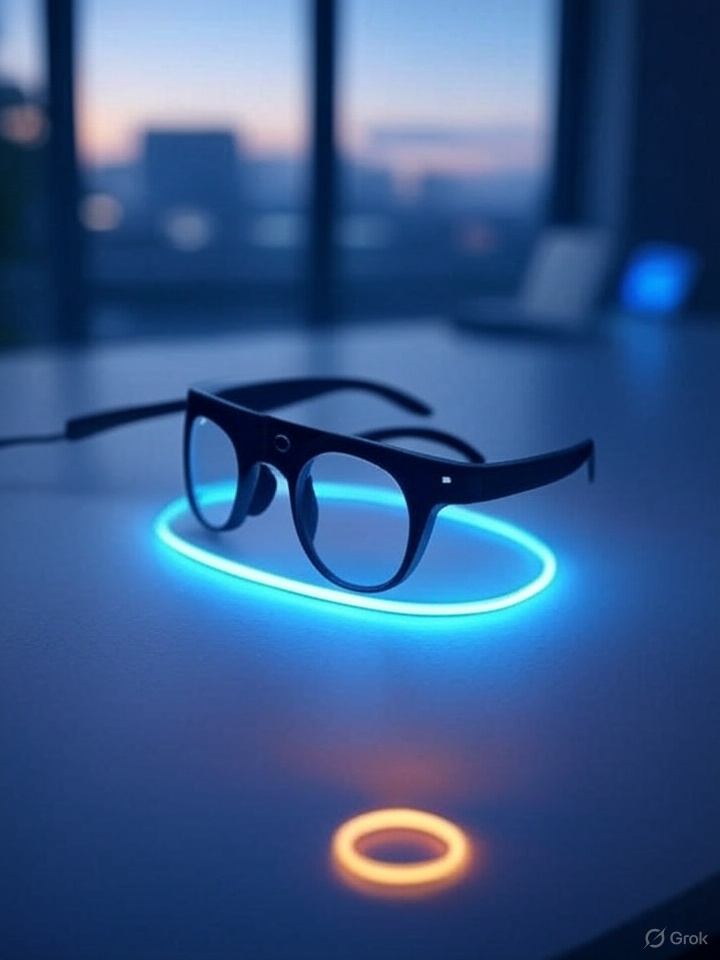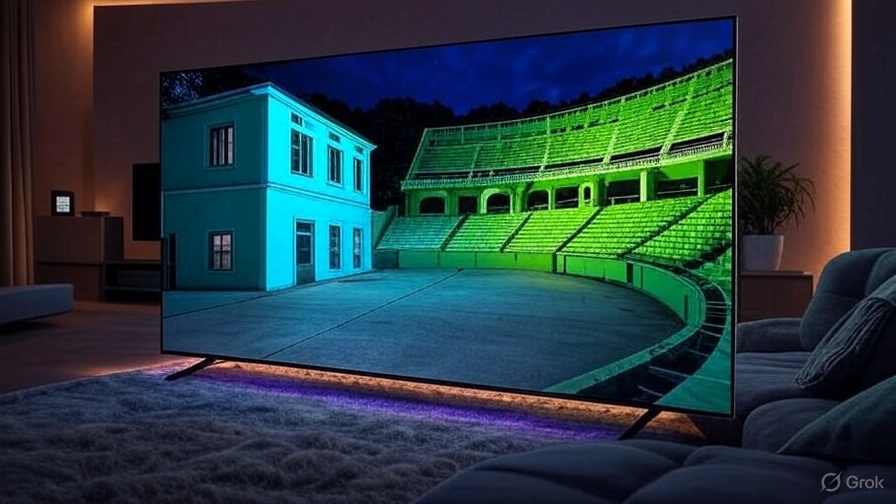
Meta’s Next Big Bet: Smart Glasses, AI, and the Future of Wearable Tech
As Meta gears up for its Connect conference, all eyes are on the company’s bold hardware vision. From AI-powered smart glasses with gesture controls to updates on Horizon OS and the metaverse, here’s what to expect when Mark Zuckerberg takes the stage.
Meta’s annual Connect conference is fast approaching, and this year’s keynote is shaping up to be one of its most ambitious yet. CEO Mark Zuckerberg is expected to outline Meta’s next chapter in wearable technology, where smart glasses, AI, and even hints of the metaverse are set to collide.
If past Connects were about laying groundwork for VR headsets and AR concepts, this year’s show is about making that vision real — starting with your face and your hands.
Smart Glasses With a Display and Wristband Control
The biggest news expected out of Connect is a new line of smart glasses that go beyond the camera-equipped Ray-Bans Meta has sold for years. According to reports, the glasses — codenamed Hypernova — will feature a small display in the right lens. The display won’t be designed for immersive AR visuals but rather for glanceable information like notifications, messages, or navigation prompts.
What sets these glasses apart, however, is how they’re controlled. Instead of buttons or voice, Meta is introducing a wristband that uses surface electromyography (sEMG) technology to interpret electrical signals from hand movements. This innovation stems from CTRL-Labs, a neural interface startup Meta acquired in 2019.
In practical terms, the wristband means you could swipe through a menu, type with subtle finger motions, or even control multiple devices without touching a screen. Meta has called sEMG potentially “the perfect input for virtually any device,” signaling just how foundational it could be to the company’s long-term vision.
Early reports suggest the glasses will cost around $800, though they may be bulkier than previous models. A leaked video has already revealed branding for “Meta | Ray-Ban Display,” hinting that the launch is imminent.
Smart Glasses Without a Display
Not every wearable Meta plans to unveil will come with a lens display. The Ray-Ban Metas — now in their second generation — have been a hit, with more than 2 million units sold. At Connect, we may see third-generation models that fold in improvements from Meta’s Oakley collaborations, like higher-resolution video recording and extended battery life.
Another leaked video also teased a new set of Oakley “Sphaera” glasses, featuring a wraparound design and a camera mounted on the nose bridge. If accurate, these would expand Meta’s line of lifestyle-driven glasses aimed at creators and early adopters.
VR and Horizon OS
While Meta’s VR headsets are always a focal point, don’t expect a brand-new Quest this year. The Quest 3 and Quest 3S have only just hit the market, and Meta’s rumored ultra-lightweight headset with an external compute puck isn’t expected until 2026.
Instead, the focus may shift to Horizon OS, Meta’s operating system for spatial computing. The company has started licensing Horizon OS to hardware partners like Lenovo and Asus, with reports suggesting Asus is working on a new VR headset codenamed Tarius, complete with advanced eye and face tracking. If Connect is about signaling the ecosystem’s future, Horizon OS partnerships could be a central theme.
AI Everywhere
It wouldn’t be a 2025 tech conference without AI. Meta has been aggressively embedding AI into its apps and devices, and Connect will likely feature several updates in this space.
Earlier this year, the company rolled out a standalone Meta AI app for smart glasses, letting users browse and share AI-generated creations. New AI-powered social and productivity features could also be on the way, further blurring the line between hardware and software.
From smarter photo enhancements to real-time translation and productivity tools, Meta’s pitch is clear: these glasses aren’t just gadgets, they’re AI-first devices that live at the intersection of utility and lifestyle.
The Metaverse Question
And then there’s the metaverse. Zuckerberg has promised it will get some stage time, though it’s unclear what form that will take. After years of hype and skepticism, Meta is under pressure to prove the metaverse isn’t just a costly experiment. Whether it’s new social features, updates to Horizon Worlds, or entirely new platforms, this could be the chance for Meta to reshape the narrative.
Why It Matters
Meta’s Connect 2025 is more than a product showcase. It’s a declaration of where the company is headed: a future where glasses replace smartphones as our primary interface, where AI works invisibly in the background, and where the metaverse remains the long-term horizon.
For consumers, it’s a glimpse at whether Meta can succeed in blending cutting-edge technology with real-world usability. For the tech industry, it’s a signal that wearable AI is no longer a sideshow — it’s the main event.
Stay tuned. Wednesday’s keynote could mark the beginning of Meta’s next defining chapter.


